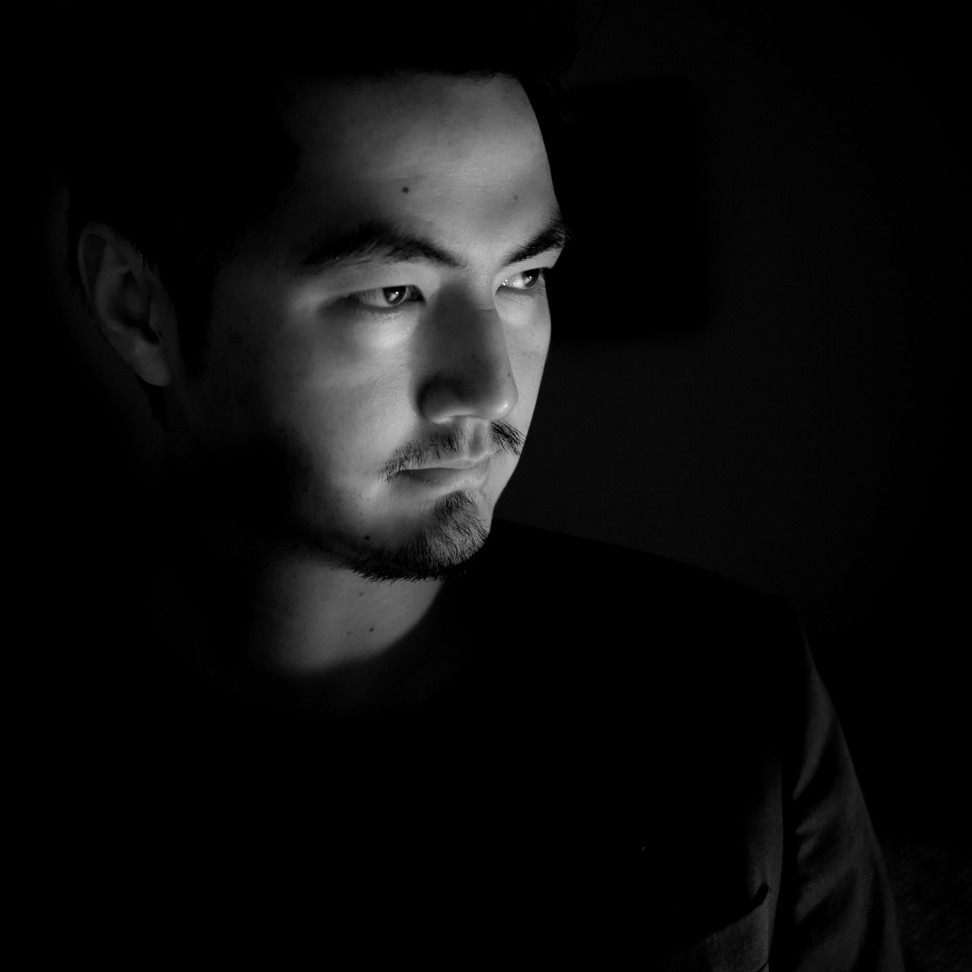
The Harvard graduate behind Hong Kong’s first capsule hotel Sleeep on the importance of shut-eye in a dynamic city
‘Recharge stations’ designed by Sleeep, a company Jun Rivers co-founded, might just be the antidote to over-tiredness
“We believe that in fast-paced, information-overloaded cities, quality sleep can take us further in our professional and personal lives by revitalising our bodies, sharpening our minds, enhancing creativity and strengthening resilience.

“Inspired by the Japanese architecture movement known as Metabolism, during which the capsule concept was invented, the Sleeep hotel was the proof of concept. Our aim is to build ‘recharge stations’ with SLPers in different parts of the world, enabling people to take a good nap without having to be at home or in a hotel room.”
Who’s sleeping in the capsules? “A mix of backpackers, travellers in transit and city workers in between shifts. A capsule may be booked for 24 hours, or in blocks for as little as 45 minutes [costing HK$99], which is the most popular time slot.”
Tell us about the SLPer design. “The capsule is metal-skinned with a wooden interior. A shock-absorbent rubber outer layer helps insulate from outside sound, and there’s a blackout felt curtain for privacy. Smart technologies embedded in the capsule include eclipse lighting aligned to the body’s natural circadian rhythm, soothing yet inaudible ‘white noise’ to reduce distractions and aid falling asleep, and automatically adjusted temperature control. Users can also adjust the airflow to optimise their sleep experience.”

What’s your plan for the SLPer? “We see potential for its use in hotels, offices, tech-oriented workplaces, co-working spaces, large campuses, airports and transit terminals. Following the success of the pilot Sleeep hotel, on Queen’s Road Central, we’re also planning a ‘home base’, with a larger capacity, in Hong Kong, scheduled for launch in 2019.”
What other architectural projects have you worked on? “The Wuxi Vanke art gallery [in Jiangsu province, working with Japanese architecture firm Kengo Kuma and Associates to convert a 1960s former cotton mill into an arts and shopping complex, in 2011]; and Stadtpark Donau, Germany, a bridge and landscaping project connecting a riverside precinct with the medieval city centre of Ingolstadt, working with Oficinaa in 2014.
“From 2014 to 2017, I worked as a software engineer and designer for Esri, a geospatial technology company in Greater Los Angeles, on projects ranging from the planning of megacities to the reconstruction of Nepal after the 2015 earthquake. I think it’s unusual that my experience has gone from an art gallery to a city park, to the reconstruction plan of a country.”

